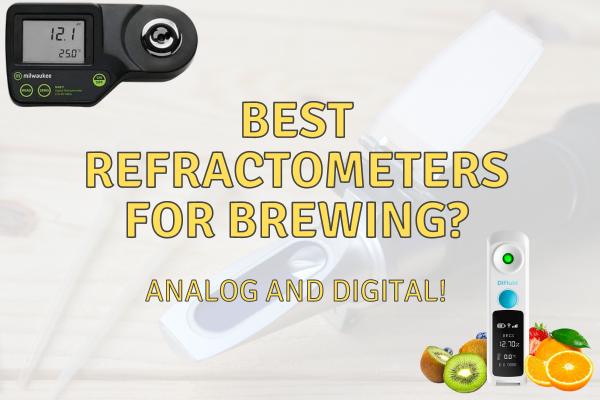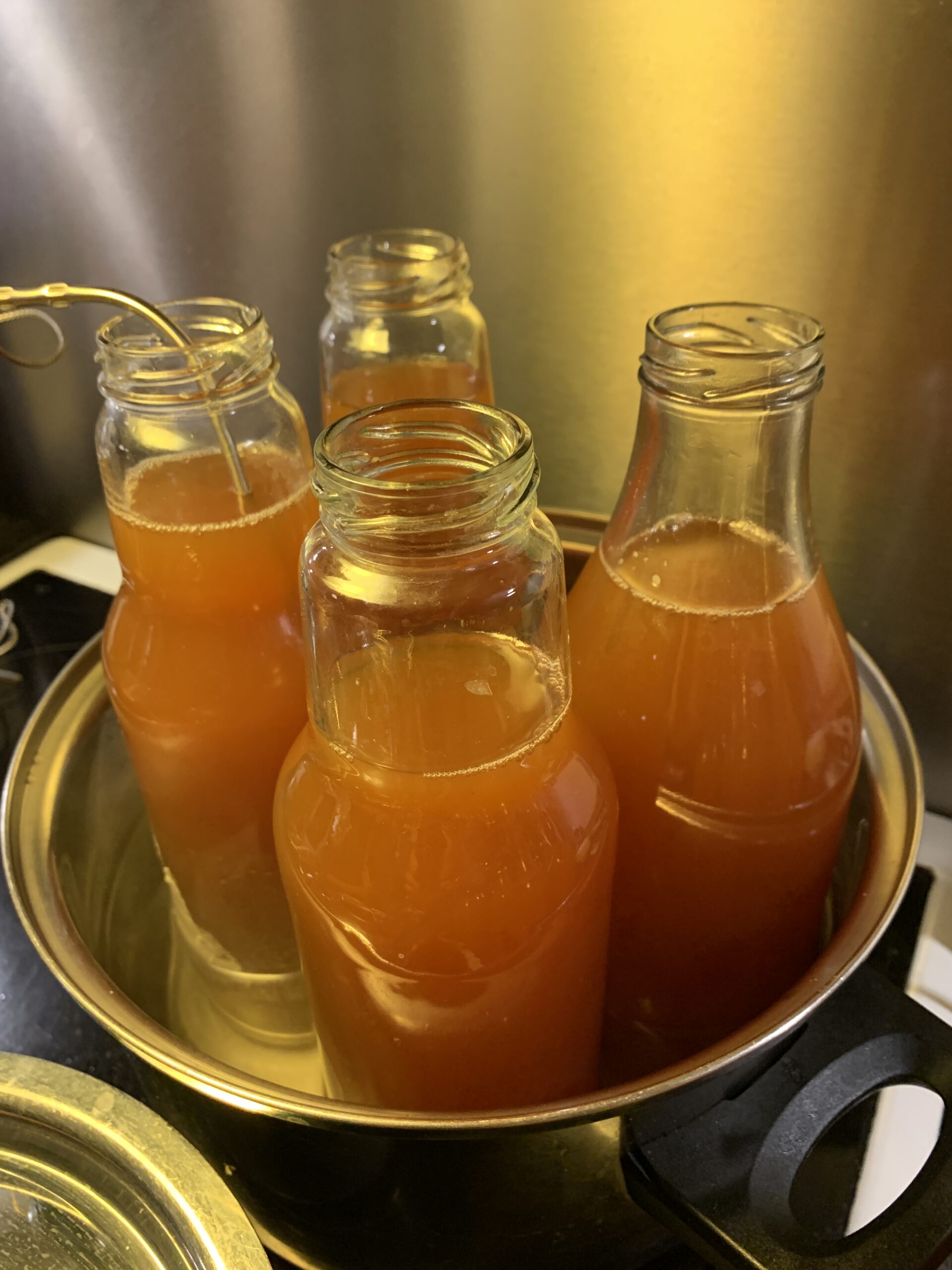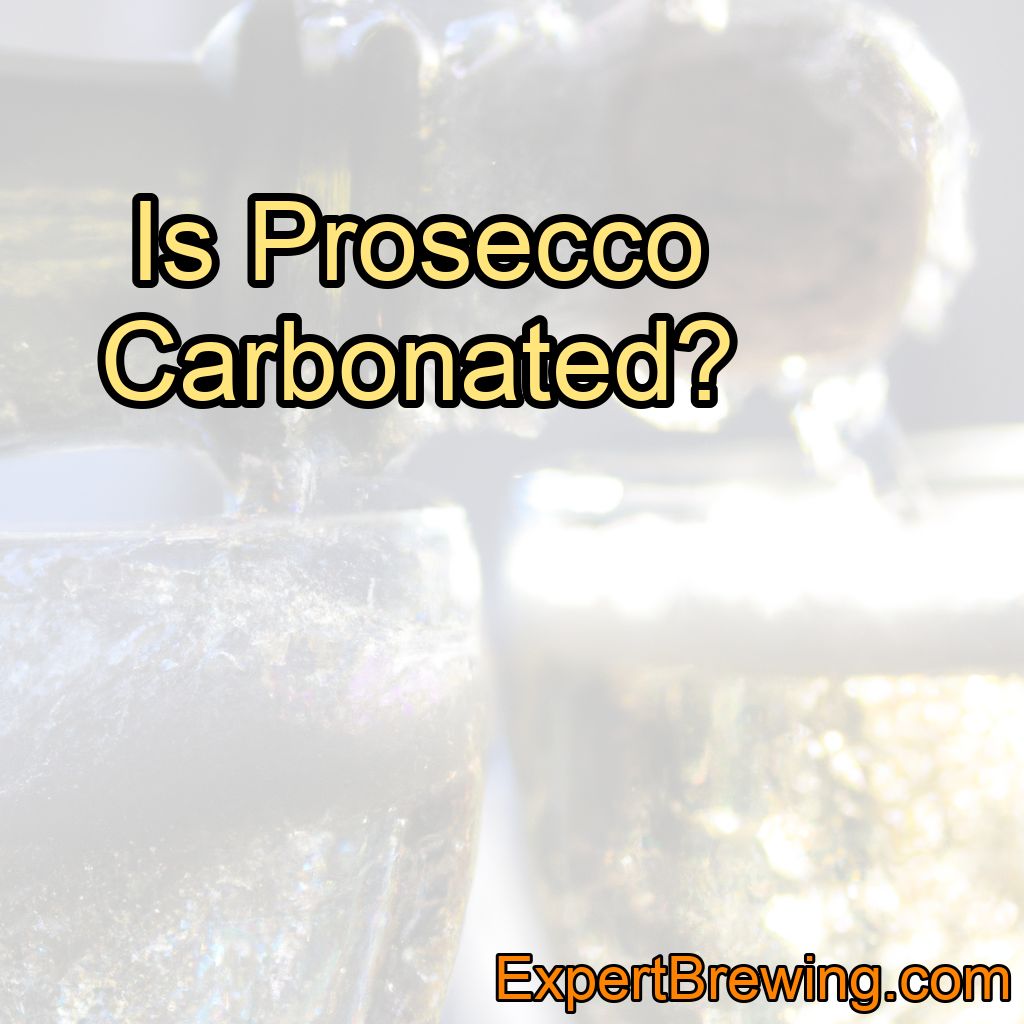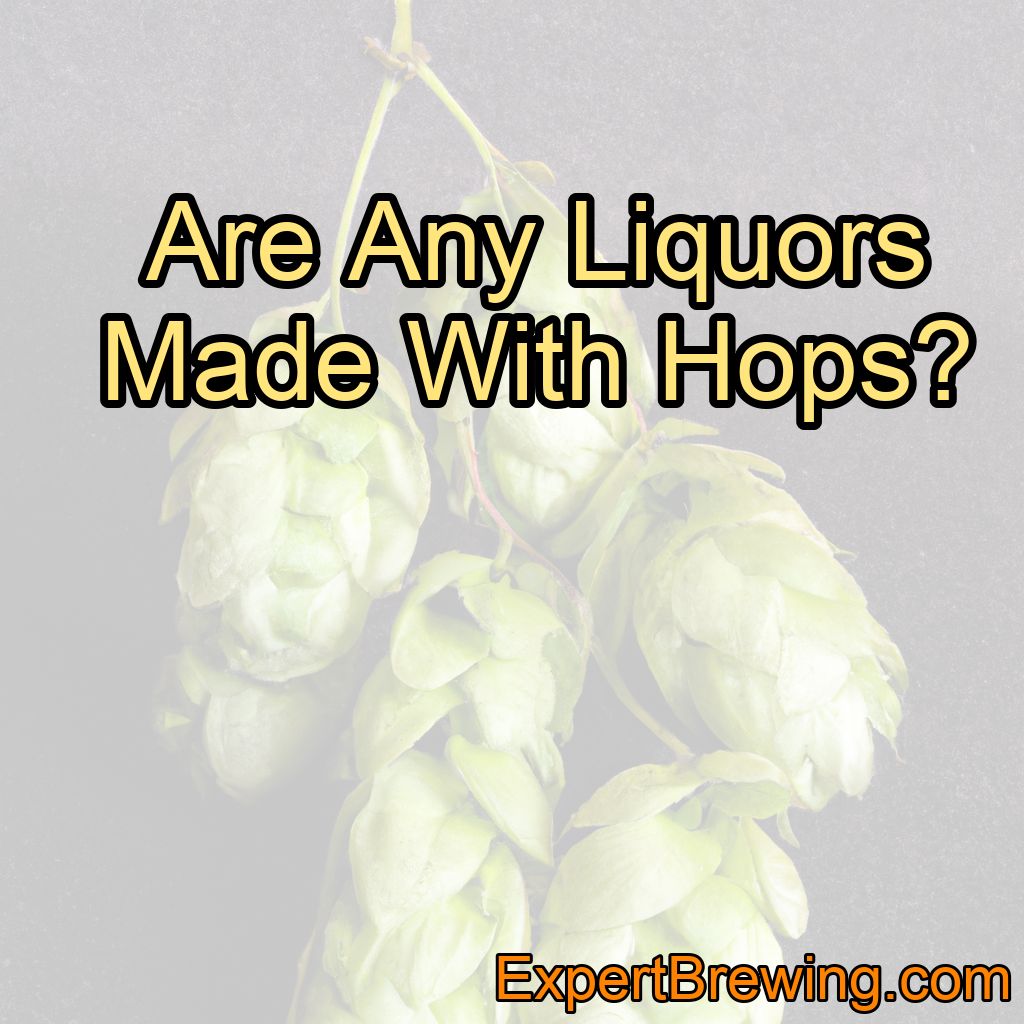This priming sugar carbonation calculator can be used to calculate the amount of priming sugar needed for cider, beer and sparkling wines.

How high a carbonation should I aim for?
The carbon dioxide volume, or the amount of carbon dioxide present in the beer or cider, is measured in units of volumes (e.g. liters of CO2 per liter of beer).

Carbonation levels can vary significantly depending on the type of beer, cider, or sparkling wine you are making. Here are some general guidelines for carbonation levels in different types of alcoholic beverages:
- Beer: Carbonation levels in beer can range from very low (less than 1.5 volumes of CO2) to very high (more than 4 volumes of CO2). The specific level of carbonation will depend on the style of beer you are making. For example, a British-style cask ale will typically have lower carbonation levels (around 1.5-2 volumes of CO2) while a Belgian-style tripel will have higher carbonation levels (around 3-4 volumes of CO2).
- Cider: Carbonation levels in cider can also vary widely, from very low (less than 1 volume of CO2) to very high like champagne (more than 4 volumes of CO2). Again, the specific level of carbonation will depend on the style of cider you are making. For example, a traditional Spanish-style cider will typically have lower carbonation levels (around 0-1 volumes of CO2) while a strongly, champagne-like, sparkling ciders will have higher carbonation levels (around 3-6 volumes of CO2).
- Sparkling wine: Sparkling wines, such as Champagne and Prosecco, are highly carbonated, with carbonation levels up to around 6-7 volumes of CO2!
In general, it’s a good idea to aim for carbonation levels that are appropriate for the style of beer, cider, or sparkling wine you are making. You can use this carbonation calculator to help you experiment with different levels of priming sugar for your different brews to see what you prefer.
Best carbonation in beers
The carbon dioxide volume of a beer vary depending on the type of beer you wish to brew with a specific brewing process.
Here is a list of beer types and their typical carbonation level range:
Lagers:
- Pilsner (medium to high carbonation, 2.5-3.5 volumes of CO2)
- Bock (low to medium carbonation, 1.5-2.5 volumes of CO2)
- Kölsch (medium carbonation, 2.5-3.0 volumes of CO2)
- Dunkel (low to medium carbonation, 1.5-2.5 volumes of CO2)
Ales:
- Stout (low to medium carbonation, 1.5-2.5 volumes of CO2)
- Porter (low to medium carbonation, 1.5-2.5 volumes of CO2)
- Wheat beer (medium to high carbonation, 2.5-3.5 volumes of CO2)
- Belgian ale (high carbonation, 3.0-4.0 volumes of CO2)
- Pale ale (medium to high carbonation, 2.5-3.5 volumes of CO2)
- India pale ale (IPA) (medium to high carbonation, 2.5-3.5 volumes of CO2)
- Lambic (medium to high carbonation, 2.5-3.5 volumes of CO2)
- Hefeweizen (medium carbonation, 2.5-3.0 volumes of CO2)
- Saison (medium to high carbonation, 2.5-3.5 volumes of CO2)
- Dry stout (low to medium carbonation, 1.5-2.5 volumes of CO2)
- Flanders red ale (low to medium carbonation, 1.5-2.5 volumes of CO2)
Again, these are general guidelines and the actual carbon dioxide volume of a specific beer may vary depending on the brewing process and other factors.
Some beers may have a range of carbon dioxide volumes, depending on the recipe or brewing method.
One of the key differences between lagers and ales, stouts included, is the carbonation level! And ales are generally less carbonated than lagers.
So for the darker ales, porter and stout types of beers, you should not go much higher than 8 grams of priming sugar per 1 gallons (3.8 liters).
This is because the different styles of beer impact the way the carbonation is perceived. For instance, porters and stouts are typically darker beers, which can make the carbonation seem more aggressive.
IPAs, on the other hand, are often quite hoppy, and the carbonation can help to balance out the bitterness. Witbiers and Belgian stronger beers are usually quite light in color, so the higher carbonation helps to add some perceived body and sweetness.
Additionally, the carbon dioxide volume can be affected by factors such as temperature and serving vessel used.
Cider carbonation guide
The best carbonation level, or amount of carbon dioxide dissolved in the hard cider, will vary depending on the type of cider and personal preference.
Here is a list of hard cider types, including their typical sweetness level and carbonation level:
- Dry cider (dry, medium to high carbonation, 2.5-3.5 volumes of CO2)
- Semi-dry cider (semi-dry, medium to high carbonation, 2.5-3.5 volumes of CO2)
- Sweet cider (sweet, low to medium carbonation, 1.5-2.5 volumes of CO2)
- Traditional French Cider (dry to semi-dry, medium to high carbonation, 2.5-3.5 volumes of CO2)
- Traditional English cider (semi-dry to sweet, low to medium carbonation, 1.5-2.5 volumes of CO2)
- Traditional Spanish Cider (semi-dry, no (still cider!) to medium carbonation, 0-2.5 volumes of CO2)
- Sparkling Fruit Wine (sweet to semi-sweet, medium to high carbonation, 1.5-3.5 volumes of CO2)
- Hopped cider (dry to semi-dry, medium to high carbonation, 2-3 volumes of CO2)
Note that these are general guidelines and the actual carbonation level of a specific hard cider may vary.
Some hard ciders may have a range of carbonation levels, depending on the specific recipe or brewing method.
Additionally, the best carbonation level can be affected by factors such as the type and ripeness of the apples used, the yeast strain used and the fermentation process.
Strong carbonation can complement sweetness and add some acidity to the cider, which is nice for sweeter, more aromatic cider apple varieties.
Understanding The Carbonation Process
Carbonation, or secondary fermentation, is an important factor in creating a great tasting hard cider, beer or wine.

The process of carbonating your beer, cider or wine requires careful attention to temperature and time.
Temperature Requirements:
In order for the yeast to produce carbon dioxide, it needs to be at the right temperature range. This range can vary depending on the type of yeast used, but generally falls between 60-75°F (15-24°C).
I do most of my bottle fermentations at a temperature of 65°F (18°C), which is a good compromise between carbonation efficiency and speed.
The cooler the brew, the more easily the CO2 can dissolve in the liquid, so a lower temperature means that less priming sugar is needed.
Higher temperatures will require more priming sugar as the carbon dioxide will have a harder time dissolving in the brew, and lower temperatures will need less priming sugar to get the right carbonation.
It’s best to keep your vessel in a cool area away from direct sunlight or heat sources that could cause fluctuations in temperature.
Time Frame for Carbonation:
Once you have added the sugar at your desired carbonation temperatures, it’s time to wait for the carbonation process to take place.
The carbonation will, depending on the yeast strain used, happen faster at higher temperatures as yeast ferments optimally at around 86°F (30°C).
Depending on how much sugar was added during priming and what type of yeast was used, this can take anywhere from a week up to several months (for nutrient poor keeved ciders!) before you reach optimal levels of carbonation.
Most brewer will let the cider age much longer than that though, to ripen the taste profile.
Testing for Carbonation Levels:
Just as you will want to test your hard beer, cider or wine periodically throughout the brewing process, using a hydrometer or other device specifically designed for measuring sugar concentrations, there are devices that allow you to measure pressure in bottles during secondary fermentation.
If you don’t have access to one of these devices, there are also DIY methods such as using (a few) swing-top bottles and opening one every few days – if foam spills out then you know that there is enough CO2 present!
The good thing about swing-top bottles is that you don’t loose all the carbonation as you can quickly close it again and let the carbonation continue – although at reduced effect.
Once all of these steps have been completed and your beer, cider or sparkling wine has reached its desired level of carbonation and is in theory ready for drinking!
Now that you understand the basics of carbonation, let’s move on to discussing the types of priming sugar in more detail.
It Depends On The Type of Priming Sugar
The most common type is table sugar, also known as sucrose. This type of sugar is easy to find in any grocery store and will give your beer a nice balance of sweetness and carbonation.
Dextrose, which is a form of glucose, can also be used for priming. It has less flavor than sucrose but still provides the necessary carbonation levels for your brew.
For 1 gallon, the 16 grams of sugar or 4 ordinary sugar cubes corresponds to dextrose, glucose or sucrose that can easily be digested by most brewing yeasts.
If using syrup or honey, you may want to aim for the higher 30 grams per 1 gallons, as they contain more water and the effective sugar concentration will be lower.
To begin with, we recommend using ordinary table sugar, corn sugar, or glucose.
This is because ordinary sugar is less likely to add any off-flavors to your beer and is easily dissolved.
Other types of sugar that can be used for priming include:
Brown sugar: Brown sugar can add a slight molasses flavor to your beer or cider. You will need 18.0 grams of brown sugar per 1 gallons for good carbonation.
Honey: Honey can add a subtle sweetness and unique flavor to your cider or beer. If you choose to use honey for priming of 1 gallons, you will need 21.4 grams to get the same carbonation as with 16 grams of ordinary sucrose.
Honey should always be added after fermentation has completed in order to preserve its delicate aromas and flavors throughout the brewing process.
Maple syrup: Maple syrup will add a unique sweetness and flavor. For a medium carbonation level, you will need to add 20.6 grams of maple syrup to 1 gallons of brew to achieve good carbonation.
Fruit juice: Fruit juice can add a unique sweetness and flavor to your beer. For juice you will want to use at least 2 times 30 ml per 1 gallon of brew.
More on the sweets
Corn syrup is another option when it comes to priming beers. Corn syrup contains more fructose than other sugars so it will provide more sweetness without adding too much complexity or flavor profile to the finished product.
For corn syrup, you will need 23.2 grams for 1 gallon of brew.
Fructose can also be used for priming but should generally only be added in small amounts since too much could result in overly sweet or syrupy tasting beers or ciders with low carbonation levels as beer yeasts have a hard time fermenting fructose, but for ciders it is generally ok.
Malt extract is often overlooked when considering what type of sugars should go into beer making but this ingredient actually plays an important role in providing additional body while contributing subtle notes of caramelized maltiness at the same time!
For dried malt extract, also known as DME, you will need to add 23.5 grams per gallon in your brew.
Apple juice concentrate can also work well as a natural source of fermentable sugars while powdered sugar adds just enough sweetness without overpowering other ingredients present in the recipe itself!
| Sugar Source | Grams Needed For 1 Gal or 3.8 L |
| Sucrose | 16 |
| Dextrose | 17.5 |
| Brown Sugar | 18.0 |
| Corn Sugar | 17.5 |
| Corn Syrup | 23.2 |
| Molases | 22.3 |
| Maple Syrup | 20.6 |
| Honey | 21.4 |
| Dried Malt Extract | 23.5 |
| Ivert Syrup | 17.5 |
needed for 1 gallons or 3.8 liters of brew.
No matter which type you choose for bottling or priming your homebrews, make sure to measure out each ingredient accurately before adding them into the mix.
This will ensure consistent results every time!





